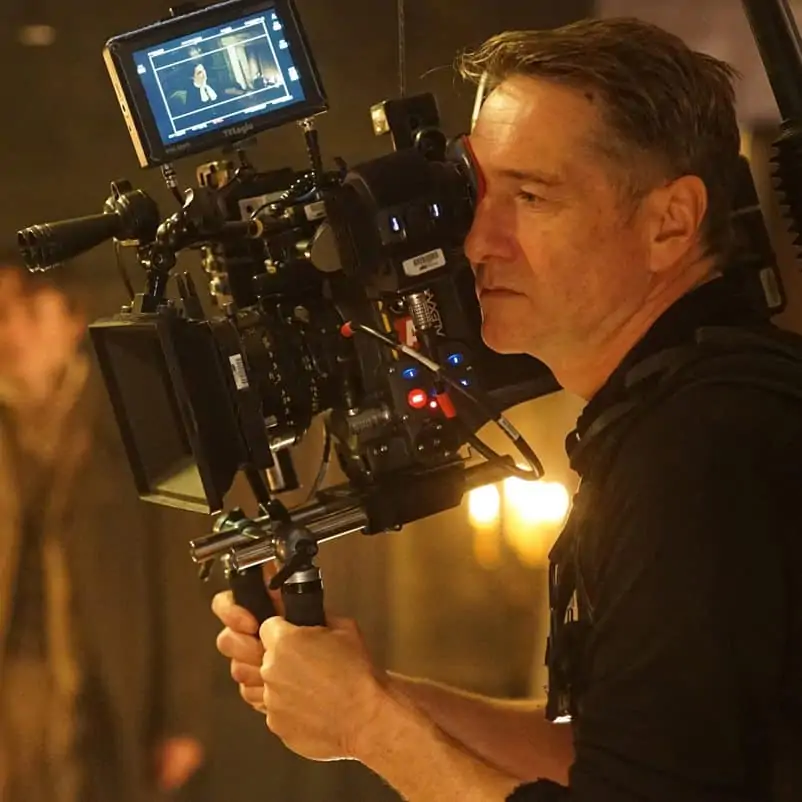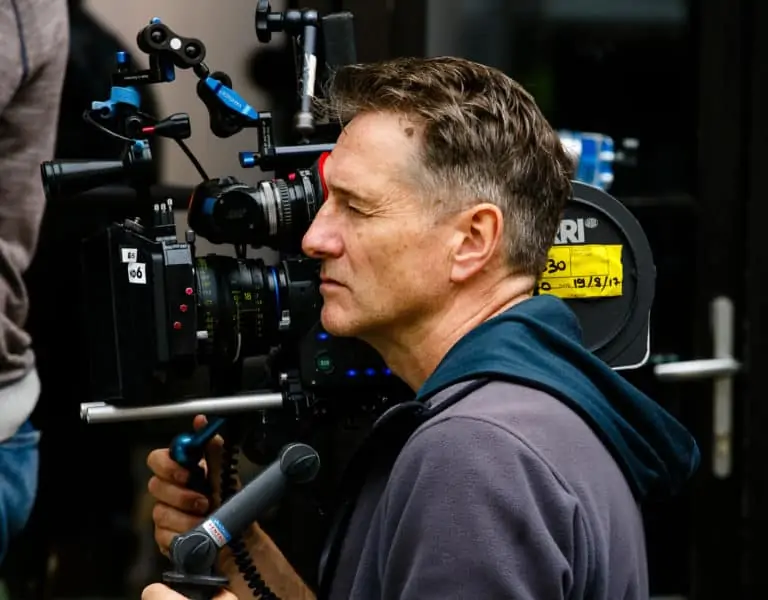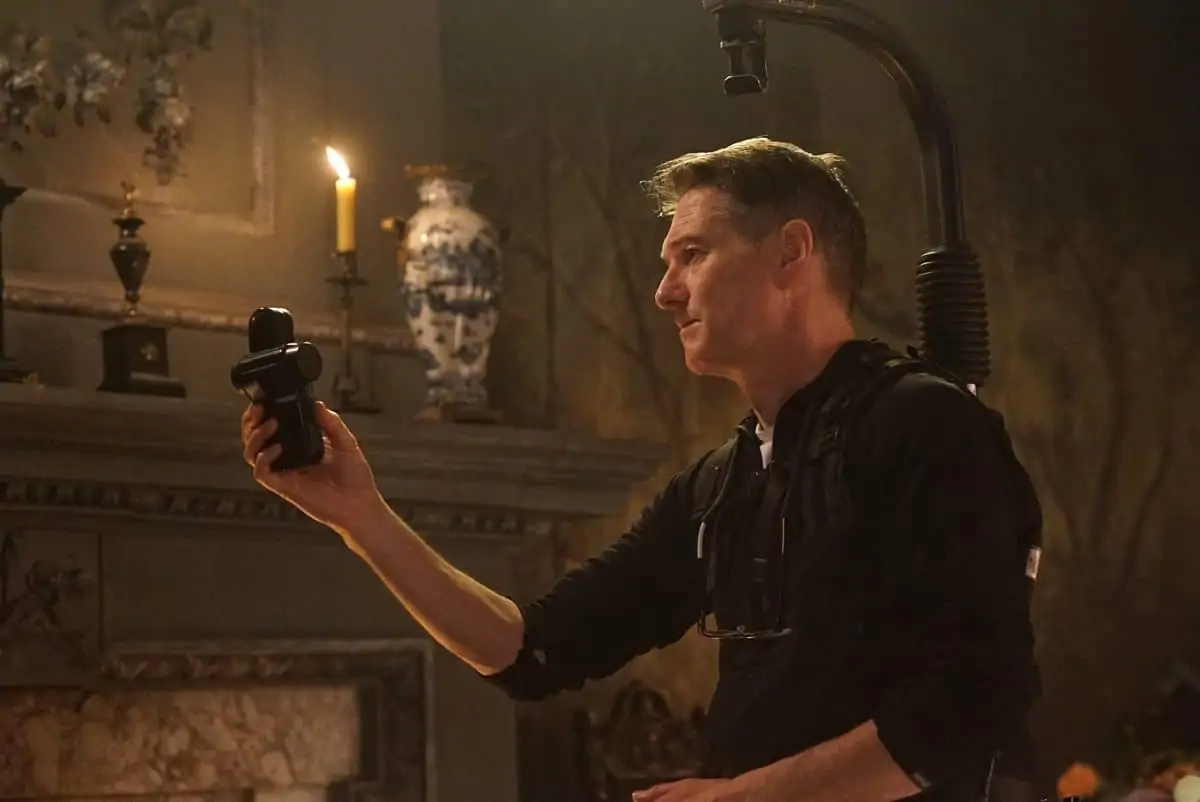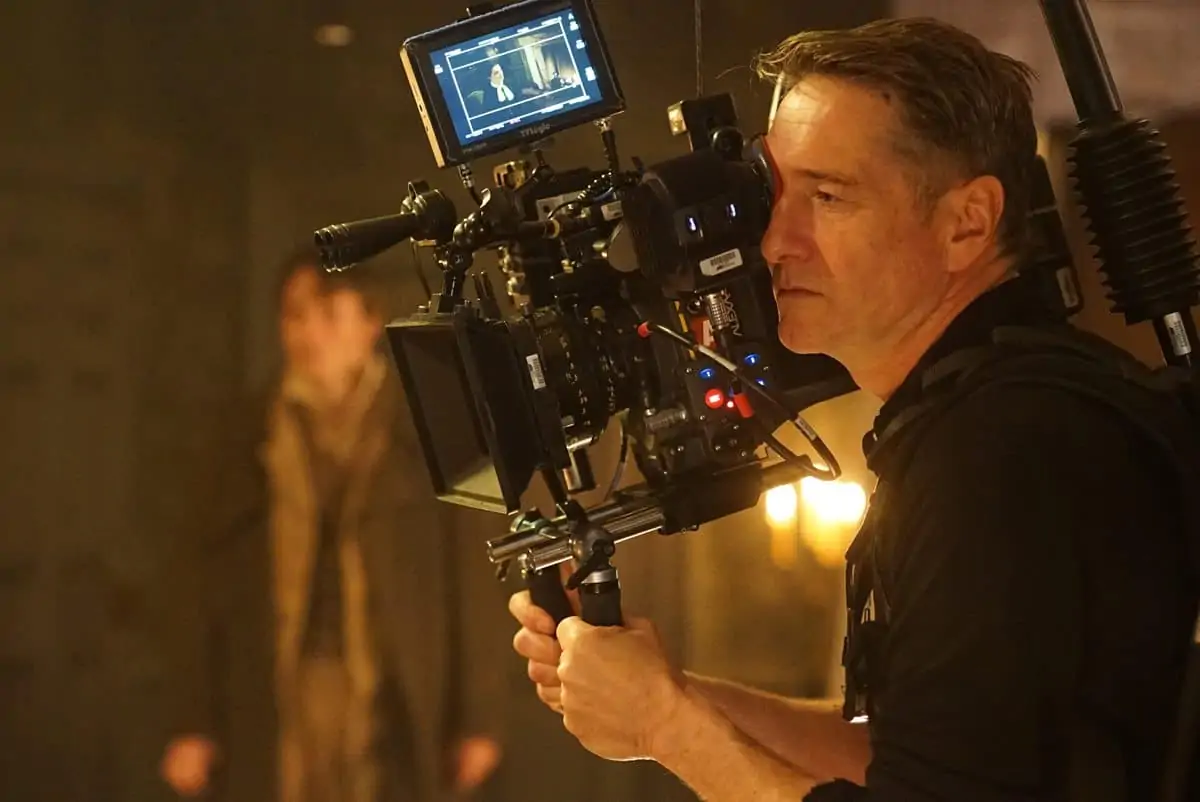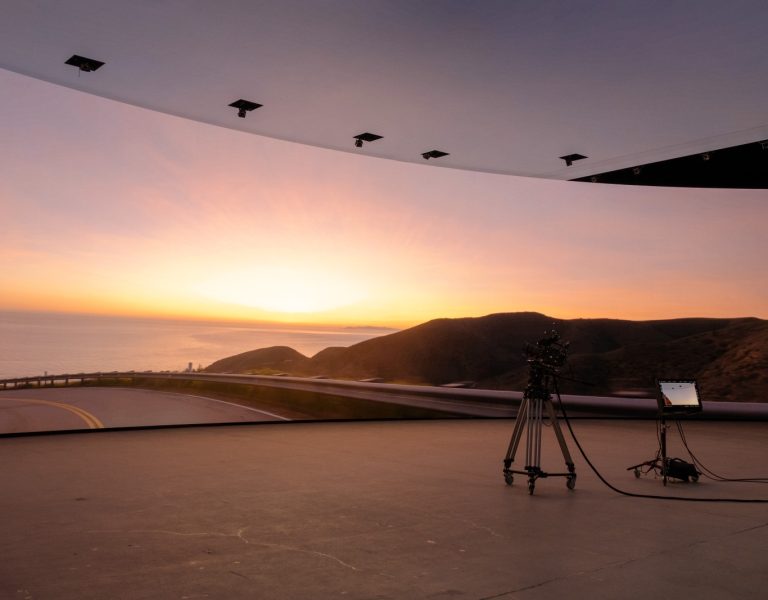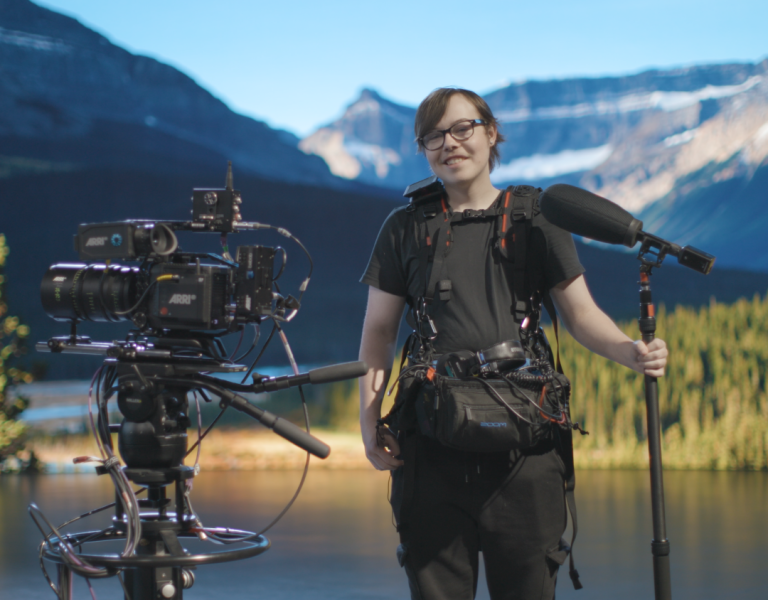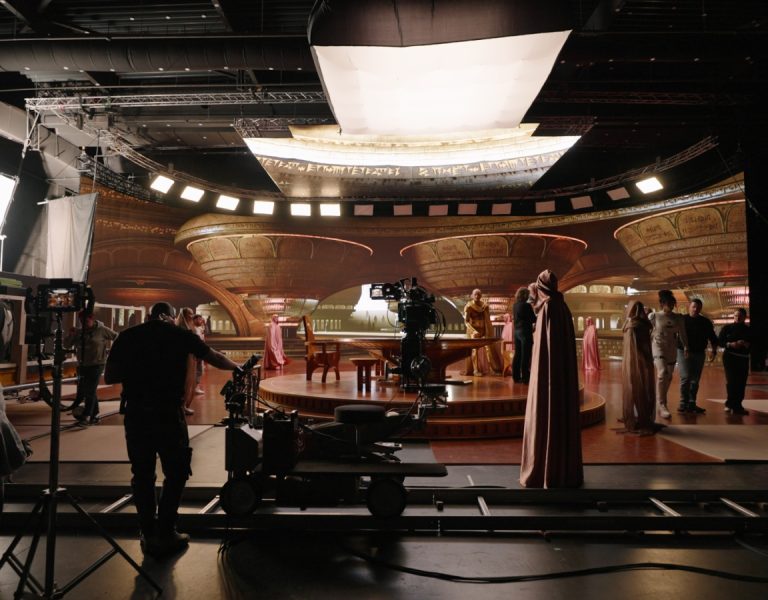Home » Features » Opinion » President's Perspective »
It seems I spoke too soon. It wasn’t meant to be like this. The last column was meant to be here and this one, or something like it, was meant to be there. No matter. I hope you will indulge me one more time.
There remains something unsaid after the devastating events in October when Halyna Hutchins was killed on set by the discharge of a ‘hot’ (i.e. loaded) weapon after it was declared to be ‘cold’. Like so many times in the past when one hears of tragic news, I remember exactly where I was when it came through. It seemed hardly believable that such a thing could happen.
As the days passed, details emerged. At every telling, one’s heart broke for the family, friends and colleagues of Halyna, a brilliantly talented young woman who had her career before her. The investigation into the incident is still underway and we await its outcome.
But as details filtered out, there was a whiff of the familiar that seemed to sit on the story. Every tragedy is unique in its component parts, its lead up, its characters, its setting. However, one struggles sometimes not to feel we have been here before and that the same old questions will be asked; namely, is there change happening at a molecular level within our industry wherein speed, rapid reaction, and the pressure of delivery are all now accepted as the norm? And because of that new norm, the seeds for catastrophe are sown?
Has the balance between creative industriousness and “making the day” tilted worryingly toward the latter?
Margins. It’s how we work in this so-called Golden Era. By what margin can we afford that extra person? By what margin can the crew go over? By what margin can we permit that pre-call? By what margin can we afford that recce?
Sarah Jones in 2014. Mark Milsome in 2017. Halyna Hutchins in 2021. It is a roll call of names that leaves you tearing your hair out with frustration and despair. And who knows how many close calls in between, the ones that don’t make the headlines but after which everyone goes home thinking “that was close”.
No workplace is entirely without risk, and we love the idiosyncrasies of what we do, the bizarre things we are required to pull off with sometimes improvised craft; but the moment safety – or rather the lack of it – is factored in as part and parcel of the on-set experience, then we are indeed in a perilous place. Nothing, ever, should go ahead unprepped, unrecce’d or not discussed. This Magic Kingdom will only remain magic if artistry is afforded the same respect and reverence as the bottom line. Otherwise, we might all as well be making sausages.
We are meant to be in the business of communication. People need to feel free to express concern without being deemed ‘negative’ or ‘can’t do’. What price safety? There is no margin of error when it comes to people’s lives.
I want to finish, finally, on a lighter and more uplifting note.
You don’t have to be of the generation that grew up with The Beatles to be able to appreciate Peter Jackson’s documentary Get Back, but it certainly helps in the same way as one would enjoy coming across old, long-lost home movies of one’s childhood. All is strangely familiar but at the same time exhilaratingly new.
It’s always fascinating to see the creative process in the raw and Jackson’s epic delivers. Before we even get to the band itself, for a cineaste, there’s Tony Richmond BSC ASC overseeing cameras and lighting in Twickenham Studios, tentatively edging himself and his crew into frame as per, presumably, the director’s wishes to make the filming process integral to the ‘plot’. There’s a vicarious thrill in seeing the integration of camera and subject from the moment of set up. The inherent patience, the intuition needed in predicting what the hell was going to happen next.
The restricted view, the bravery of sitting on a listening shot, knowing when to move and always listening.
There’s the privilege of access as in when a young Paul Bond, the production’s clapper loader, finds himself being tutored by Paul McCartney in the ways of piano chord structure.
But overall, what emerges from the film is the freewheeling nature of creation. That mix of having an identifiable and precise work ethic and structure alongside space and time to improvise and, most importantly of all, play. Taking chances, creatively, and not ruling anything out. One’s points of reference can be myriad and seemingly inconsequential, even taking in gibberish, but inspiration can reside in the most unexpected of places. The joy of collaboration; the emotional intelligence needed to overcome friction within the group; the respect for – though not a slave to – a deadline; the unique problem-solving that comes from restrictions; knowing when to speak up, knowing when to listen, and knowing when to walk away.
Coping with all the above comes from experience and hard work. But it is as good a template as any for what we should strive for in our workplace.
Wishing you all good health, safe travels, and success in your work in 2022.







